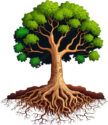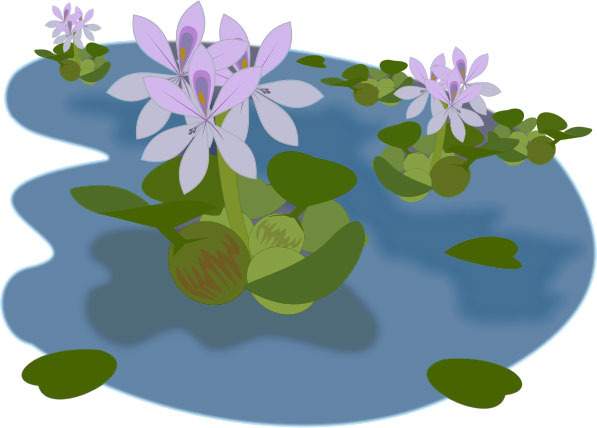 Aquatic plants are categories of plants that are surrounded by water or live in the water. These types of plants are found in ponds, rivers, and other water bodies. Aquatic plants play important role in the pond ecosystem. These plants provide shelter and food to fish and other creatures.
Aquatic plants are categories of plants that are surrounded by water or live in the water. These types of plants are found in ponds, rivers, and other water bodies. Aquatic plants play important role in the pond ecosystem. These plants provide shelter and food to fish and other creatures.
Types of Aquatic Plants
There is a large variety of aquatic plants, but most of them can fall into four main categories; Emergent, Fixed Floating, Free Floating, and Submerged.
Emergent Aquatic Plants
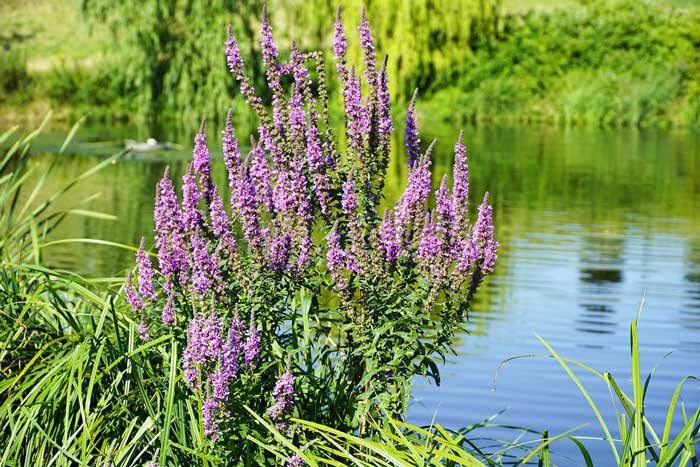
These aquatic plants grow inside water bodies, such as ponds, but eventually, come out to the surface as they grow longer. They have Roots attached to the ground, the stem partially remains submerged, and the rest of the plant is exposed to air. These types of aquatic plants perform photosynthesis better than submerged plants and can pollinate with the help of air. Some of the examples of emergent plants are butomus, wild rice, and purple loosestrife.
Fixed Floating Aquatic Plants

These plants have roots fixed in the ground while their leaves and flowers float on the surface of the water. Because their roots are fixed in the ground they are unable to move freely. Examples of these plants are water lilies, lotus, and pond weeds.
Free Floating Aquatic Plants
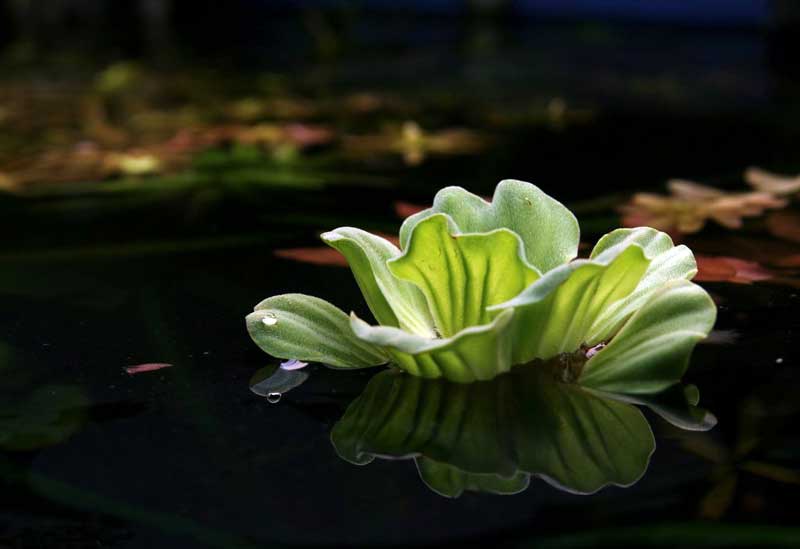
Free-floating plants have their roots not tied to the ground. These plants can move freely in the whole pond. The leaves of these plants contain many air-filled cavities which helps them to stay afloat on the water. They are easily blown away from one place to other by wind or water ripples. The famous free-floating plants are water lettuce, water cabbage, and duckweed.
Submerged Aquatic Plants
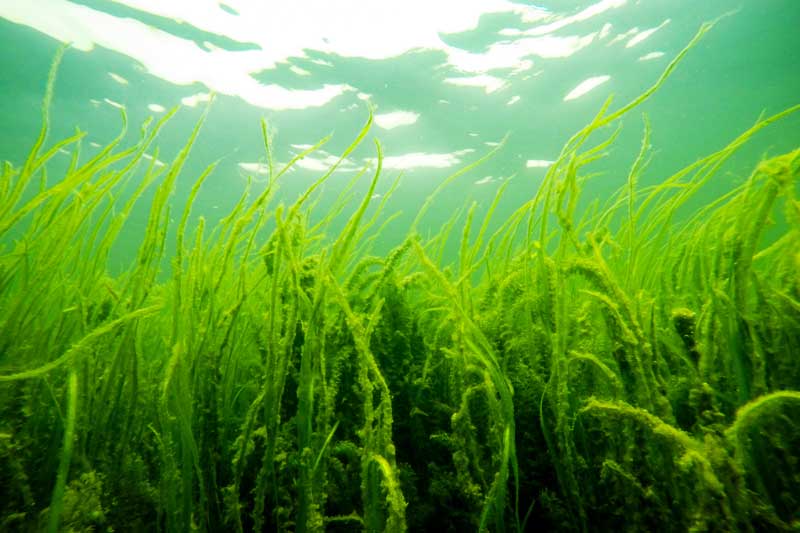
These types of plants grow and remain inside water and don’t come to the surface. They are very important for underwater life because they produce Oxygen inside the ponds. As a result, the dissolved oxygen is increased in the pond that is used by fish and other creatures. Examples of these plants are tape grass and hydrilla.
Importance of Aquatic Plants
Aquatic plants play a very important role in the ecosystems of ponds and rivers. They provide food and shelter to fishes and other creatures. They also reduce the velocity of the river and filter out the large object. Many species of aquatic plants consume excessive dissolved Nitrogen and phosphorus from polluted water ponds. As a result, the pollution of ponds is reduced.
Facts
- Aquatic plants have many species; some grow in freshwater, while others grow in saltwater.
- Some species of terrestrial plants can adapt themselves when they submerge underwater partially. They grow thinner leaves and the oxygen level of submerged leaves is increased more than the exposed-to-air leaves.

